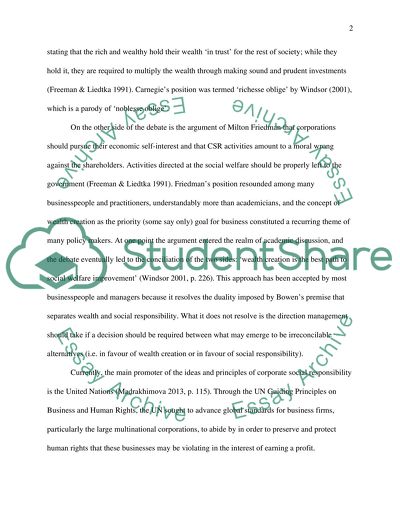Cite this document
(“Corporate Social Responsibility Essay Example | Topics and Well Written Essays - 2500 words - 1”, n.d.)
Corporate Social Responsibility Essay Example | Topics and Well Written Essays - 2500 words - 1. Retrieved from https://studentshare.org/law/1489201-corporate-social-responsibility
Corporate Social Responsibility Essay Example | Topics and Well Written Essays - 2500 words - 1. Retrieved from https://studentshare.org/law/1489201-corporate-social-responsibility
(Corporate Social Responsibility Essay Example | Topics and Well Written Essays - 2500 Words - 1)
Corporate Social Responsibility Essay Example | Topics and Well Written Essays - 2500 Words - 1. https://studentshare.org/law/1489201-corporate-social-responsibility.
Corporate Social Responsibility Essay Example | Topics and Well Written Essays - 2500 Words - 1. https://studentshare.org/law/1489201-corporate-social-responsibility.
“Corporate Social Responsibility Essay Example | Topics and Well Written Essays - 2500 Words - 1”, n.d. https://studentshare.org/law/1489201-corporate-social-responsibility.


